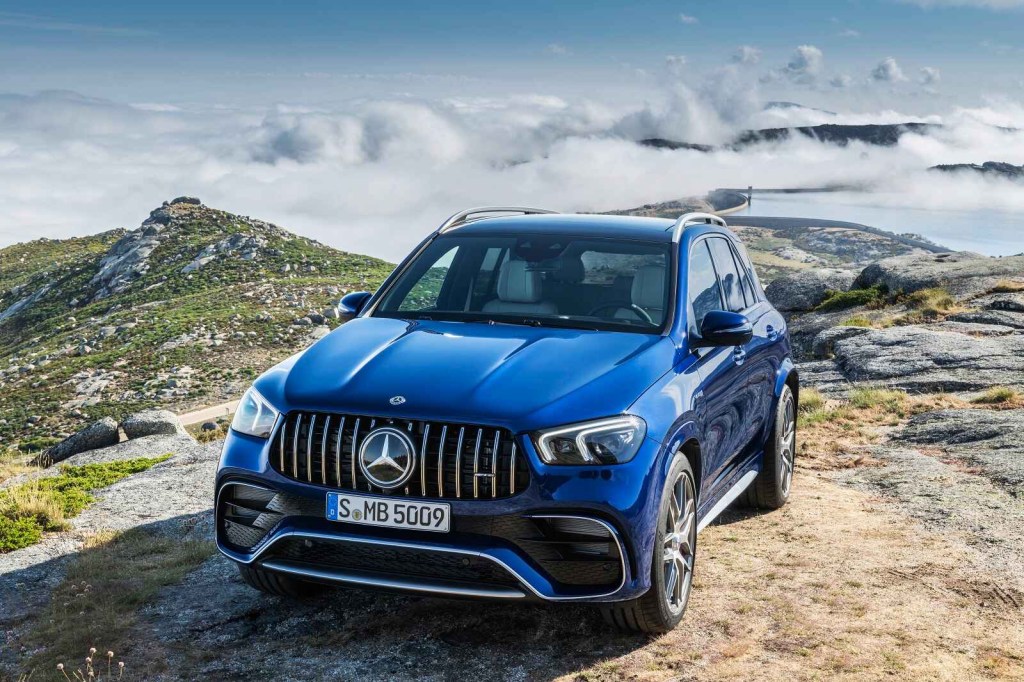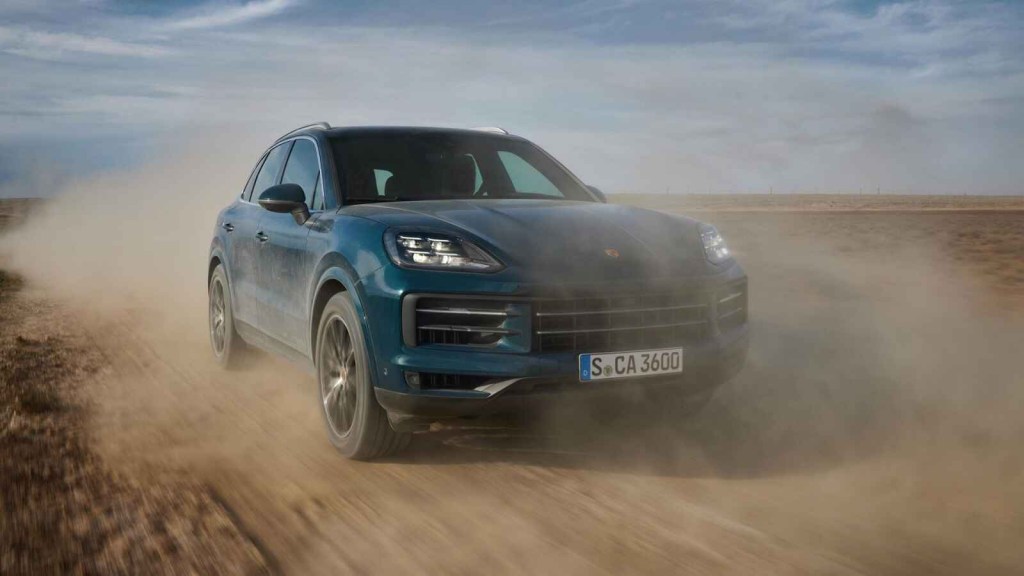
The 2023 Porsche Cayenne and Mercedes-Benz GLE Underwhelm in the Same Area
The midsize SUV segment is very competitive. You have your mainstream best-sellers like the Lexus RX and high-end models like the Bentley Bentayga. A couple of options that find a nice balance of luxury and performance are the Mercedes-Benz GLE and Porsche Cayenne.
If you’re in the market for a midsize luxury SUV, these examples have a couple of similarities and differences you should know about.
What are the Mercedes-Benz GLE and Porsche Cayenne?

The Mercedes-Benz GLE first came out was the M-Class in 1998. That means it pre-dates most of its rivals, like the BMW X5 and Lexus RX. It was one of the original midsize luxury SUVs of its kind, and it’s still one of the most competitive. Now in its fourth generation, the Mercedes-Benz GLE continues to deliver the luxury associated with the brand combined with the utility of an SUV.
The Porsche Cayenne was the original Porsche SUV. It came out in 2003 to the horror of some enthusiasts, but it’s been beloved by many as a faithful execution of an SUV with the brand’s inimitable character. It’s also a consistent best-seller for the brand, which helps Porsche fund its stellar line of performance cars, which includes the iconic 911 and the 718 Boxster/Cayman.
The Porsche Cayenne is on the more expensive side of its class. That’s primarily because the performance of its standard powertrain outclasses most of the competition. The Cayenne starts at $79,200, and the Mercedes-Benz GLE starts at $62,650. However, when you upgrade to the sportier GLE 450 4Matic, the starting price ($69,500) gets a little closer to the Porsche.
What do they have in common?

Other than competing in the same class, there’s one big similarity between the Porsche Cayenne and Mercedes-Benz GLE. They both have underwhelming fuel economy ratings. The Porsche Cayenne gets an EPA-estimated 17 city/23 highway/19 combined mpg with the base powertrain. The GLE450 4Matic, which has performance specs similar to the base Cayenne, returns 19 city/26 highway/22 combined mpg.
Naturally, upgrading to the sportier powertrains makes the fuel economy worse. For example, the top performance models of both SUVs (the Cayenne Turbo GT and the AMG GLE63 S) both get 16 combined mpg. And yes, they require premium gas with every powertrain.
Which is better?
Which of these luxury SUVs depends on what you’re looking for. The Porsche Cayenne is the sportier option, but the AMG-branded examples of the GLE are pretty exciting to drive, as well. The Mercedes-Benz is the one to get if you want top-notch interior quality and the latest technology. However, if you’re into the Porsche brand’s character and the driving engagement that comes with it, the Cayenne is worth every penny to the right buyer.
One of the biggest differences between these luxury SUVs is the maximum seating capacity. The GLE is available with three-row seating, but every Cayenne has two-row seating for five. That makes the GLE a better buy for families who can benefit from extra seats.


